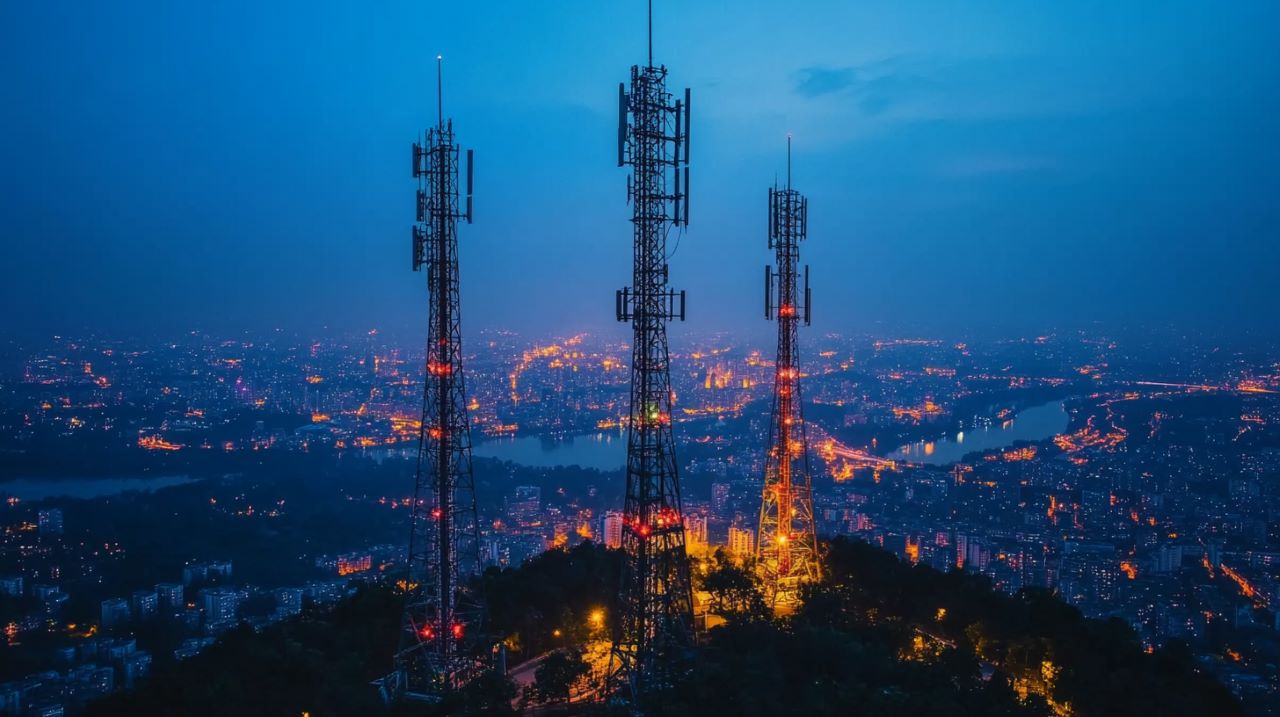
The UK Government is aiming to have integrated standalone 5G networks in all populated areas in the nation by 2030. Over 113 cities now benefit from 5G from at least one mobile network provider,
exposing over 50% of the population to greater Internet possibilities, one of which is advanced mobile gaming. Online gaming came into the spotlight in the 90s, but mobile gaming did not start until 3G cellular networks launched. The advent of 4G networks has revolutionised how mobile gaming works, but the greatest shift in mobile gaming is tied to the development of 5G networks.
Where it All Began: Journey to 5G
The chronological developments in cellular networks range from the first generation (1G) network to the fifth generation (5G). Each stage had its own unique features, with specific emphasis on advancing communication and Internet connectivity. Putting gaming in perspective, here’s how each cellular generation contributed to advancing mobile gaming.
1G
The first generation of mobile networks was introduced in the 1980s and was in use till the early 1990s. However, 1G worked on analogue signals and only supported voice calls, allowing people to use their phones in a car or away from home. 1G had no support for mobile gaming.
2G
The second generation of mobile networks launched in the 1990s and worked based on digital signals. Mobile phones now had more features, like SMS, data services, and the first mobile games, like Snake. The data speed was between 50 and 100 kbps, placing a limitation on how sophisticated mobile games could be.
3G
3G mobile networks were introduced in the early 2000s, with a large emphasis on improved Internet browsing. People could now stream videos online and jump on video calls but streaming while gaming and sharing screens was not possible. Mobile gaming now supports online multiplayer games with a data speed ranging from 200 kbps to 3 Mbps.
4G
4G was integrated into smartphones in 2010 and is still in use. The network is backed by LTE (long term evolution) technology. 4G took communication, web surfing, and smartphone games to a new height. It lets you surf the web at highspeeds and stream HD video games up to 100 Mbps/1 Gbps.
The speed 4G offers lets gamers download massive game files, such as Call of Duty, PUBG, and Fortnite, on their phone. 4G ensures that players enjoy heavily animated video games directly from their smartphones. However, 4G’s connectivity issues in areas with high network congestion can be a fatal blow to gamers who need real-time gaming.
5G Network
The first rollouts of 5G network-enabled smartphones started in 2019. 5G is believed to be ten times more powerful than 4G networks. As the network infrastructure for Internet of Things (IoT) devices, 5G is the future of smart homes, games, telecommunications, and casinos.
Online casino game software providers feature live casinos that require high-quality Internet connections to place bets promptly and prevent void moves. The same goes for game shows, slots, and table games in online casinos. For mobile casinos like those found on newcasinos.com/mobile/, casino players on 5G will benefit from faster network connectivity for seamless spins on slots and hitch-free live casino streaming. AR and VR game providers will also experience more sales as 5G piques the interest of gamers across the world.
5G is the ultimate cellular network for many reasons. Users can browse at ultra-speed levels of up to 10 Gbps and experience console-quality games on the go.
Here’s how 5G networks stand out from other networks
- 5G allows users to browse online up to 100 times faster than 4G
- It serves as the gateway to the 4K/8K video game streaming experience
- 5G provides ultra-low latency (around 1 millisecond) compared to 4G’s 30 to 50 ms latency rate
- Users can connect multiple devices without constraints on the 5G network—with 4G, the performance is reduced when more devices are connected
- 5G taps into a new frequency spectrum called the mmWave—this is a high-frequency band that provides the infrastructure to support faster data rates
- Users benefit from more network reliability on the 5G network, which proves essential in less urban areas or highly Internet-connected areas
- 5G provides better energy efficiency that reduces power consumption
5G and Mobile Gaming
Many online gaming platforms are better at shielding the effects of high latency associated with 4G networks. For players on 4G, the average time for data to move from the user’s mobile phone to the network and back, the latency, is 20 milliseconds. For users in the UK, the currency average is 50 ms, which is significantly higher than the theoretical prediction.
The impact of such higher latency may make a gamer seem slow in gameplay compared to other players on fibre-optic broadband, which, for UK users, has about 25 ms latency, or 5G users who can process data in under 2 ms. Gamers on 5G have the speed and lag-free gameplay advantage critical to winning any game.
Impact of 5G on Mobile Gaming
For businesses in the video game industry, 5G is birthing new revenue streams for modern-day gamers. Augmented and virtual reality games are fast becoming the futuristic outlook for video games. Recent developments incorporating 5G in mobile gaming include LG Uplus’s mission to adopt 5G for a cloud-based VR gaming platform, and Niantic’s Harry Potter: Wizards Unite’s adoption of 5G to provide an immersive wizarding world.
With the global mobile gaming market expected to grow to $284 billion by 2025, games designed with 5G applications in mind will constitute a major part of the incoming revenue. Video game providers featuring games like Counter Strike and Dota 2 will attract more gamers who are passionate about leveraging 5G to stay ahead of the competition.
